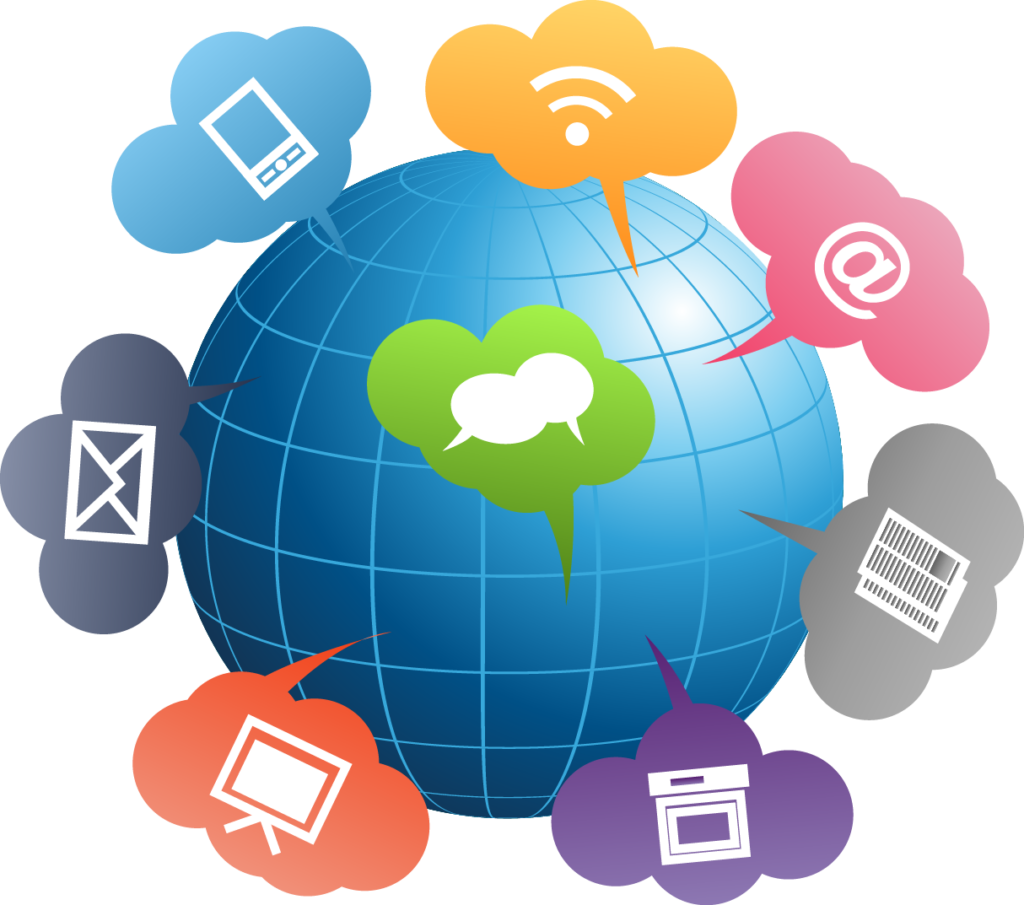In the late decades of the 19th and early decades of the 20th century, communication between two locations in the world was revolutionized. For centuries previous, detailed communication relied upon written or spoken messages that, for the most part, required people to come together and exchange information. The inventions of the telegraph, the telephone, and finally radio communication changed the way the military operated, the way business was done, and the way people connected. And though some of these technologies were phased out or used with less frequency, we still relied on the base technology through most of the previous century, albeit with some notable innovations along the way.
That all started to change until the early 1980s when the first computer network clusters allowed for the very first email communications and soon the internet as we know it today. Even with the significant technological advancements of past communication technology, they all seem to pale in comparison to the rise of the internet, which has changed the way we do nearly everything.

The implications for interpersonal communications have been huge, with people on opposite sides of the world now able to send messages to one another that will be received instantly. Even messaging can seem archaic as it’s possible to have a video call that lets us speak and see one another as if we were in the same room. Furthermore, through social media, anyone can share virtually anything they wish and reach people on a level that was almost impossible without a broadcast tower or network.
These capabilities have had a significant impact on market communication and commerce. The revenue spent on online advertising has increased massively in recent years, with industry forecaster Zenith estimating $28 billion spent in 2018 on the still growing market of social media advertising. Paid search advertisements, in which sponsored content is featured among search engine results, grew by $22 billion over the same period.
As compared to TV, radio and print advertising, which is likely to only appeal to a certain proportion of media consumers, online advertising is able to target demographics that are likely to be most interested in what’s being advertised. This is possible thanks to algorithms that automatically promote certain products, services, brands and content based on a user’s individual viewing history and search behaviors.
This has also led to an increase in the number of market transactions taking place online. With it becoming ever easier to advertise online, this has meant that more consumers have been drawn to websites to buy products, as the seemingly unlimited range of items offered online means that all customers can be catered to. Even, fittingly, an online search of ‘telecommunications solutions’ returns millions of results from sites such as marketcommunications.net, meaning that any consumer interested in IP phone services and guidance on telecommunications networks instantly has a wide range of options to peruse.
With communications and commerce more connected to people’s daily routines, it is no surprise that entirely online-based retailers now comprise some of the most valuable companies in the world. Evidently, the internet has changed everything, from the way we catch up with family and friends to the way we do business.